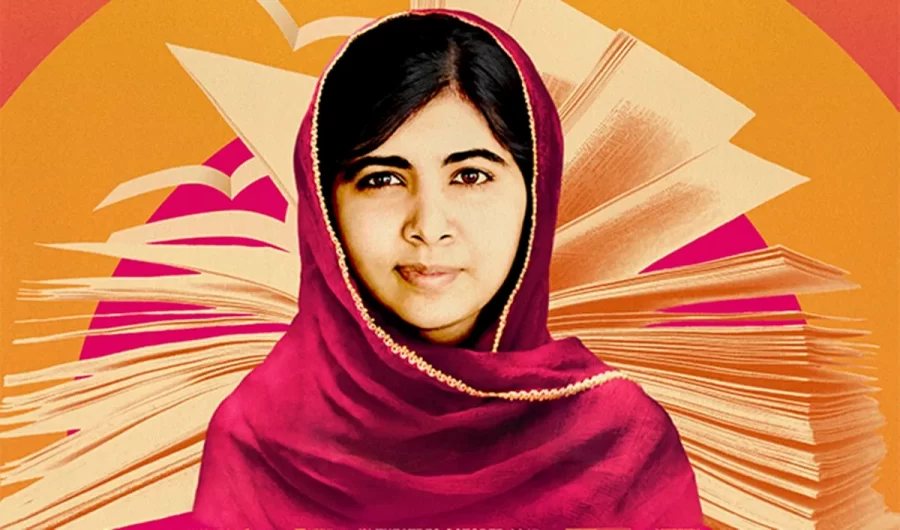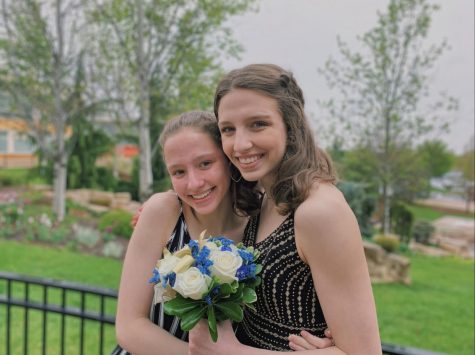Malala Yousafzai
September 15, 2021
After being shot by the Taliban for daring to receive an education, Malala Yousafzai made a choice – she would not live a quiet life after a lifetime of activism. At the age of eleven years old, after the Taliban declared that girls were not to receive an education, Malala began advocating for girls in Pakistan by writing blog posts and publicly condemning the Taliban. She was briefly displaced from Pakistan in 2009 due to the conflict, but resumed her activism immediately after returning home. Over the next three years, Malala became known for her bold and passionate activism, and was hailed as the hero of Pakistani girls seeking an education just like her. She was only fifteen when members of the Taliban entered her school bus and shot her in the head, which ended up getting lodged into her shoulder. A coma, six surgeries, and a lengthy recovery resulted from the shooting, which affects her to this day. However, the Taliban failed to intimidate Yousafzai into ceasing her advocacy. Five months later, she resumed her education in England. Nine months later – she was speaking in front of the United Nations in New York City, and would go on to speak to female students in Kenya, Syria, and Jordan. At sixteen, she published her first memoir detailing her experiences fighting for an education and against the Taliban, and co-founded the “Malala Fund” with her father. The Malala Fund would go on to ensure and provide education for girls around the world, including Syrian girls and girls in five other countries. In 2014, at seventeen years old, she won the Nobel Peace Prize for her undeniable impact on girls’ education. By 2018, she was studying Philosophy, Politics, and Economics at Oxford, and graduated with her degree in 2020.
After the resurgence of Taliban power in Afghanistan, we may find ourselves thinking about and being inspired by Malala frequently. As the Taliban regained control of Afghanistan in late August this year, Yousafzai had her sixth surgery to repair the damage of the bullet from nine years ago. We cannot even begin to imagine the physical and emotional pain she felt upon waking up from surgery, and realizing that the fourteen million women in Afghanistan may suffer the same fate that she did.
































